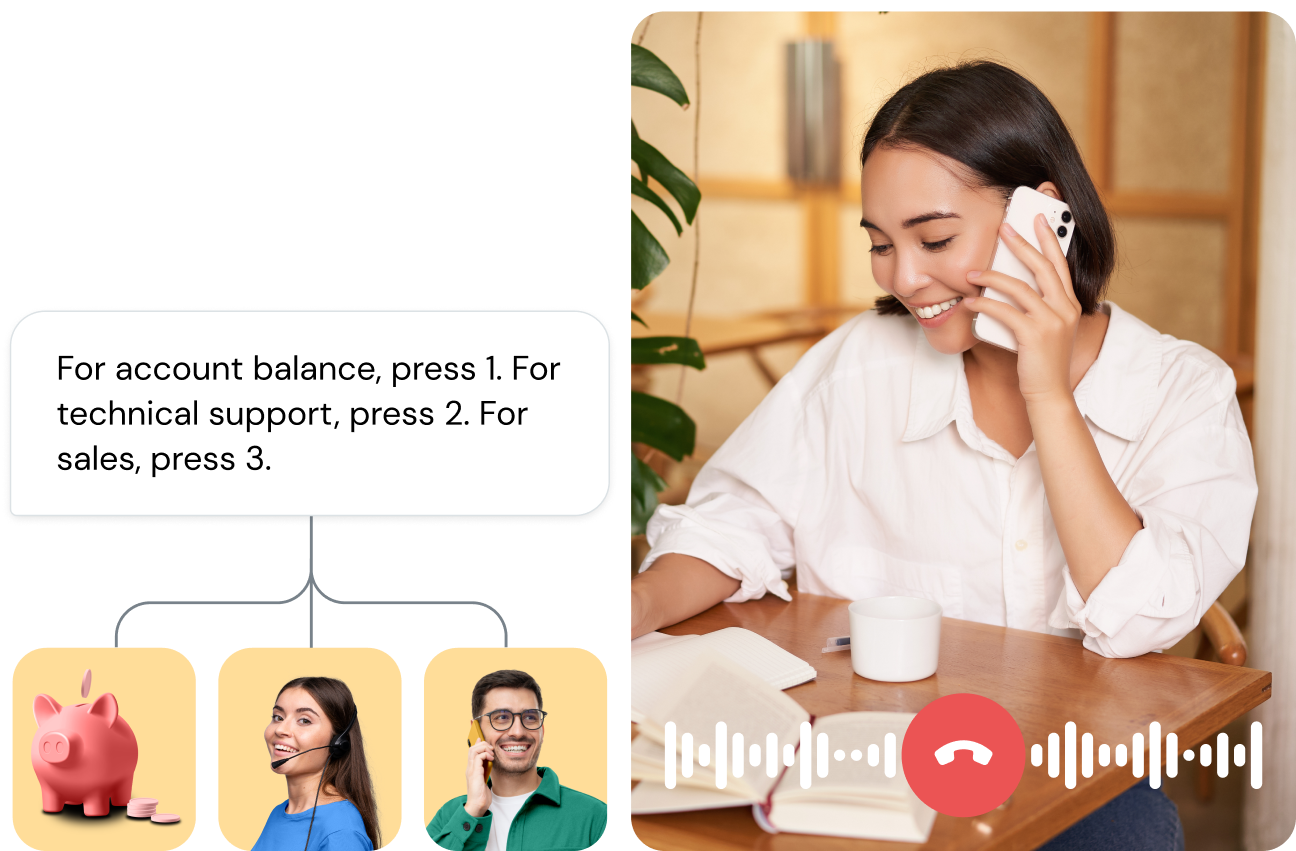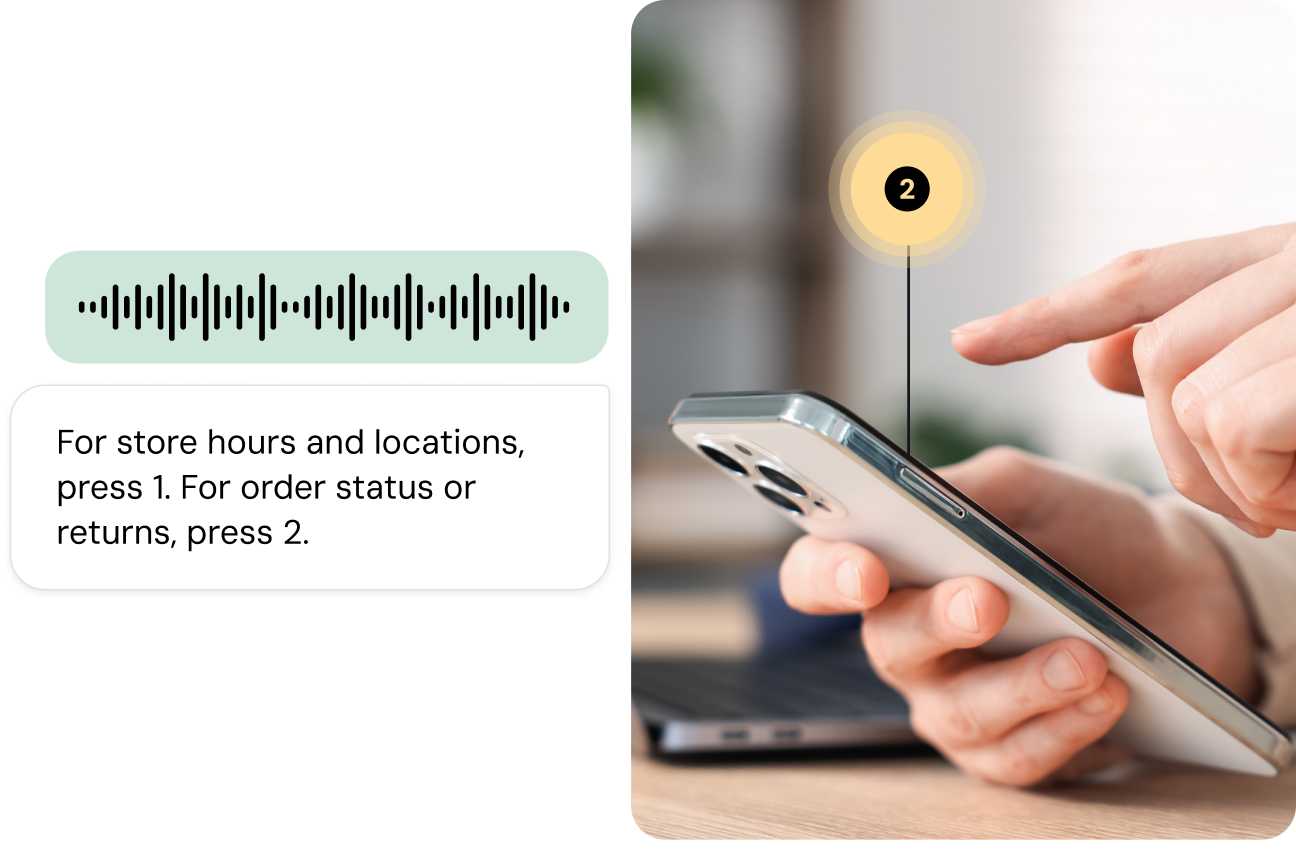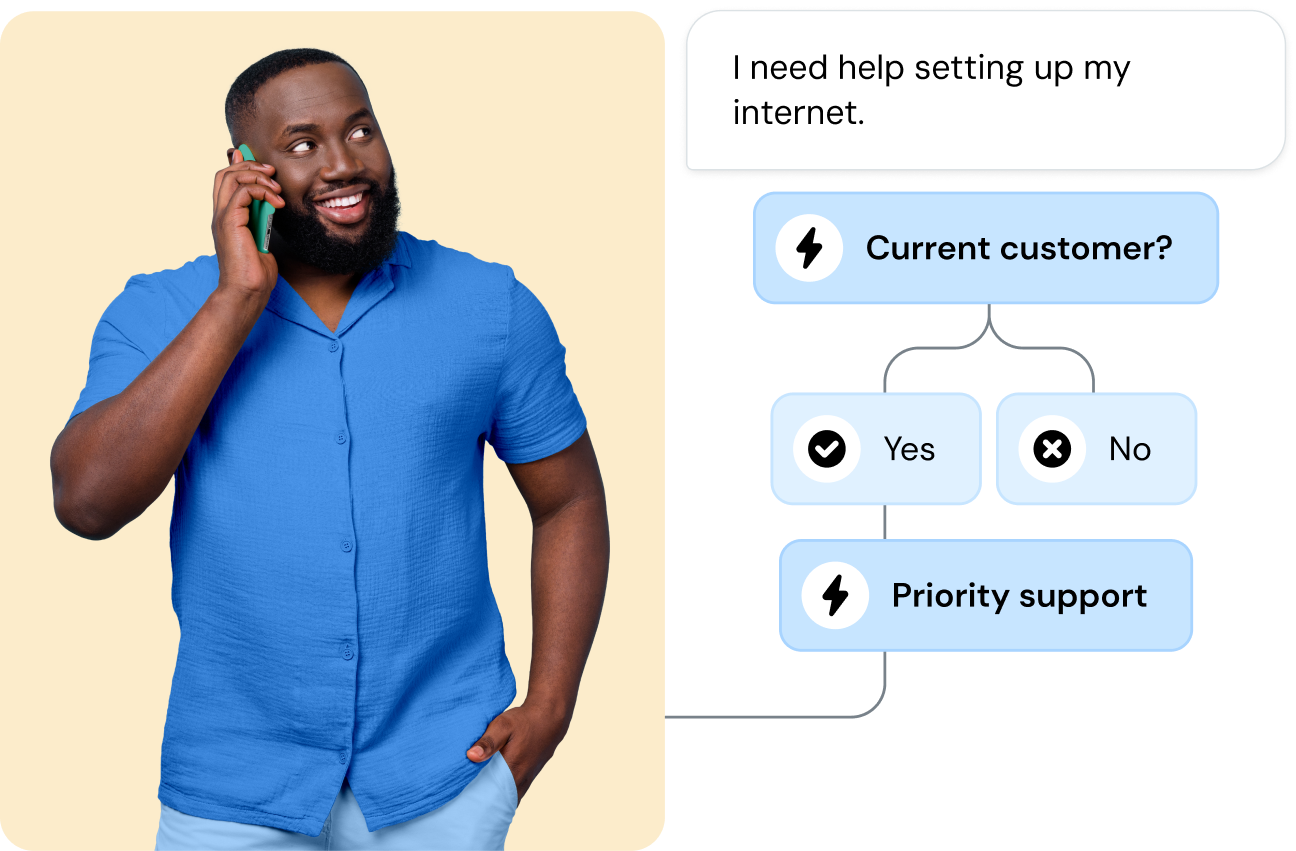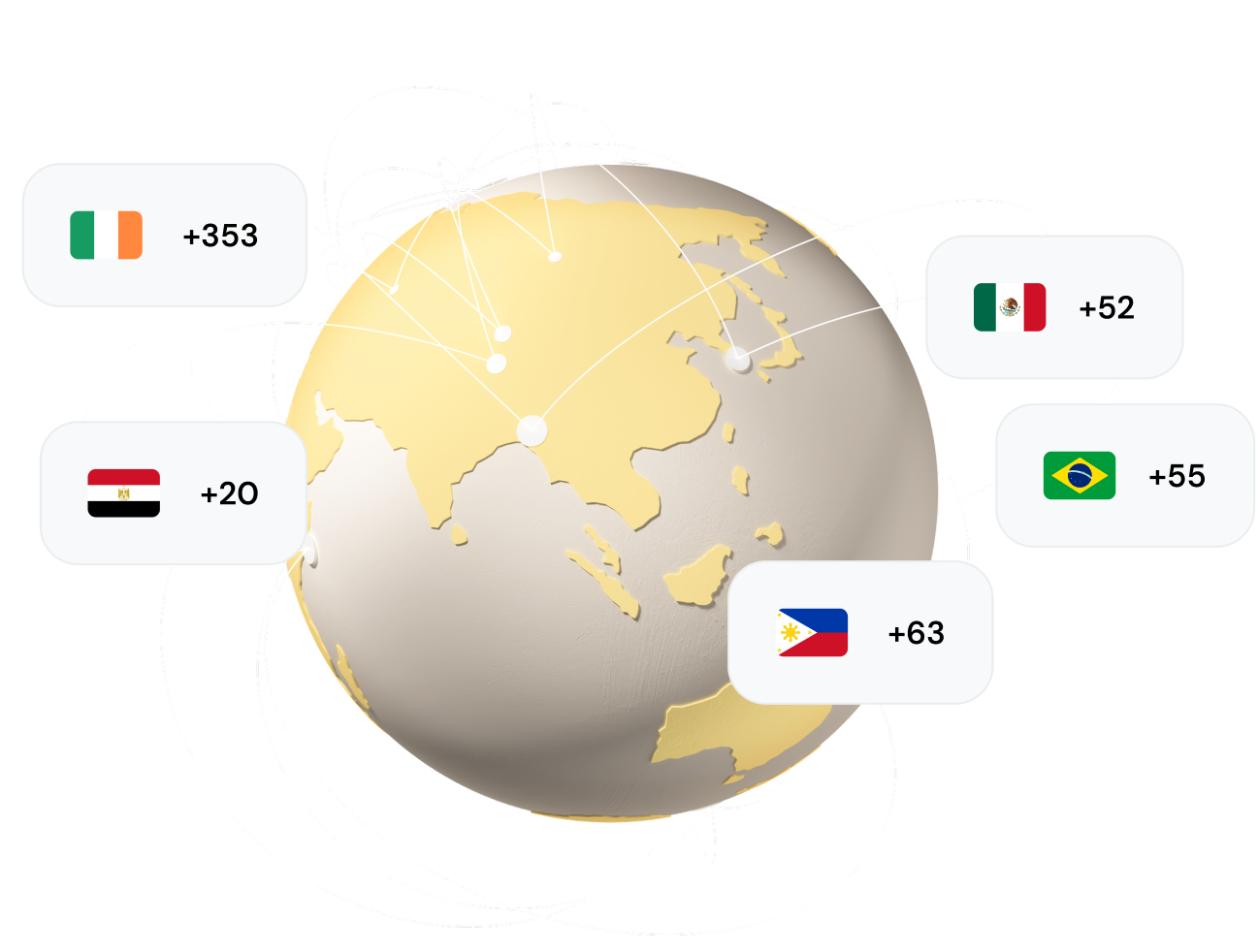DIRECT CALLS EFFORTLESSLY
Build a scalable, custom call routing system
A call routing system built on Sinch’s Voice API lets you automatically direct inbound and outbound calls to the right endpoint—phone, SIP, or in-app—improving efficiency and customer experience.



